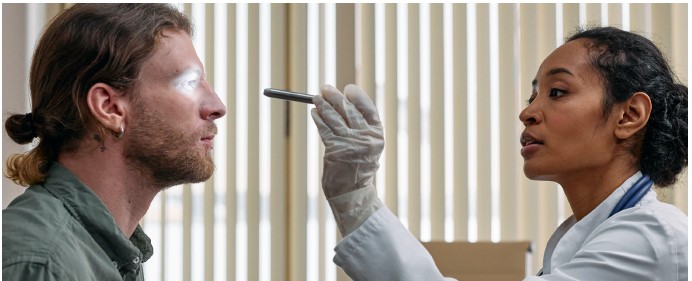Health Equity, SDOH and How They Relate to HEDIS
Health Equity and Social Determinants of Health (SDOH) are key strategies used by healthcare providers
Health Equity is the cumulative process of addressing macro and micro injustices that impact or impede the ability of any individual to reach their best health outcome. This includes social, economic, health and other policies that impact individual autonomy. Health equity recognizes and addresses historical trauma caused by racism, sexism, bias and other injustices. Equitable healthcare works to negate the impact of structural and institutional discrimination in all its forms and to define and facilitate equitable outcomes for all persons.

SDOH are underlying, community-wide social, environmental, and economic conditions in which people are born, grow, live, work, and age. They impact individual needs; one example is food deserts.
Health inequities affect individual patient outcomes by creating access barriers and driving poor outcomes to healthcare. While these conditions have existed in the U.S. for a very long time, the pandemic brought renewed attention to the impact of inequity. Death rates for minoritized and marginalized communities from COVID-19 were between 3-6 times the rates of the majority population. There are some clear steps providers can take to identify and address equitable quality health outcomes within their patient population:
- Training – In addition to reaching out to Oklahoma Complete Health for specific needs, the Centene Institute offers free continuing education courses such as “Cultural Humility and Unconscious Bias in Healthcare.” There are numerous national and provider association trainings on health equity, bias, cultural competency, structural racism and social determinants of health. We encourage our network providers and their staff to become health equity literate through these widely available resources.
- Partnering with the Oklahoma Complete Health provider engagement team to identify resources and community organizations that may be able to address the social needs of your patients. As a health plan, we want to help you to close the social gaps for your patients while you meet their medical needs.
- Working to overcome unconscious bias in order to provide more culturally appropriate services. Look at your institutions and practices to identify opportunities to create a more inclusive environment. What does equity look like for you, your staff, your patients, and your community?
- Using “teach back” methods, such as reflective listening and empathy, to understand what patients and staff need. Empathy is a learned model of reflective listening and true partnership. In what ways do your care models demonstrate empathy?

Additionally, Oklahoma Complete Health can often help providers address health inequities through a variety of resources. Dr. Gloria Wilder, MD MPH, VP, Innovation and Health Transformation Business Development, says, “There’s an opportunity for change through partnerships with providers, community organizations, and the health plan. Each group brings a different piece of the puzzle to address social needs and improve health equity. We recognize the needs of providers and their staff. You can’t pour from an empty cup. Empathy is demonstrated by efforts to reduce provider burnout while improving access to care.”
The following are some examples of how partnerships have helped to advance health equity.
- Boosting patient annual wellness visits and partnerships with trusted community organizations in marginalized and minority communities by eliminating barriers to care through provision of transportation and technology solutions.
- To improve cancer screening rates, Buckeye can sometimes partner with community leaders to help bridge care gaps related to cultural sensitivity issues.
- To raise immunization rates among populations that don’t have the flexibility to attend clinics during business hours due to work obligations, Buckeye can help bring appointments to members via mobile immunization vans and/or helping the primary care providers expand hours.
When it comes to promoting health equity and improving health outcomes, Dr. Wilder says, “Our goal is to support local, social, and health leaders to build alliances that drive quality outcomes for all. Our health plans have strong teams in place locally and nationally, working diligently on building equitable infrastructures to support local change. We believe strong partnerships provide a tremendous opportunity for shared impact.”

